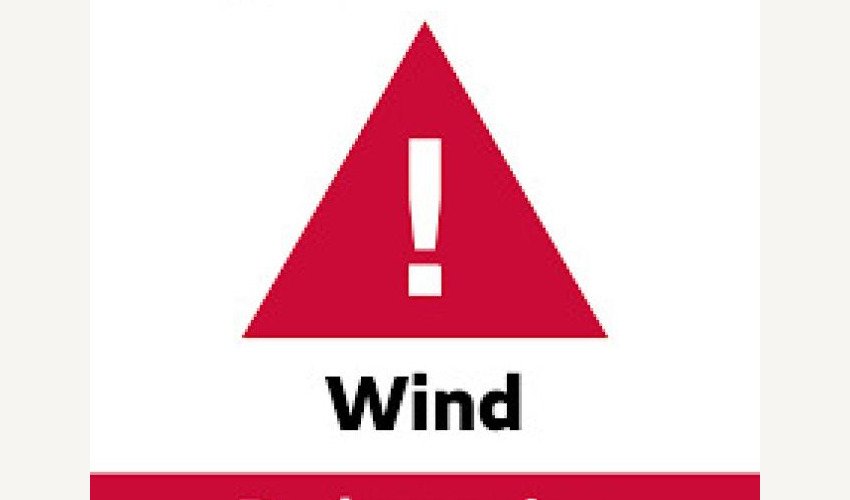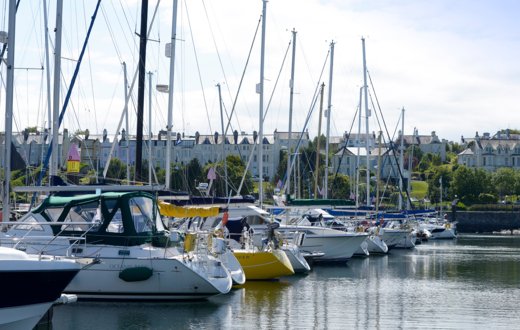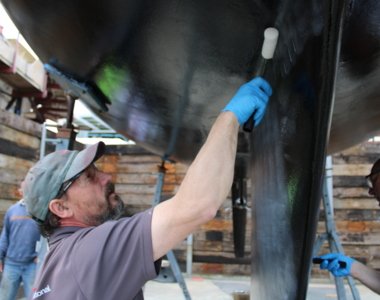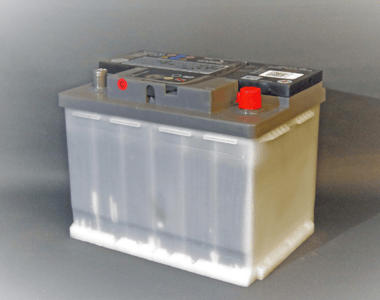-
Bangor Marina Bangor, Northern Ireland
-
Conwy Marina Conwy, North Wales, Wales
-
Deacons Marina River Hamble, Southampton, England
-
East Cowes Marina East Cowes, Isle of Wight, England
-
Haslar Marina Haslar, Portsmouth Harbour, England
-
Penarth Marina Penarth, Cardiff, Wales
-
Portishead Marina Portishead, Bristol, England
-
Portland Marina Portland, Dorset, England
-
Rhu Marina Rhu, Firth of Clyde, Scotland
-
Royal Quays Marina Royal Quays, North Shields, England
-
Weymouth Marina Weymouth, Dorset, England

25th January 2025
Bangor
A Storm for the Record Books
Storm Eowyn will be remembered as one of the most severe weather events to strike our coastline in over 30 years.
This was not just another winter storm—it was a historic event, bringing widespread destruction across our region. It was the first time since the introduction of the UK's storm warning system in 2011 that we received a Red Storm Warning, the highest level of alert, signalling an exceptional threat to life and property.
With average wind speeds exceeding 65 knots and at times gusting over 90 knots, Storm Eowyn battered the marina, the harbour, and the entire North Down coastline. The damage seen across Northern Ireland—from fallen trees to structural damage —underscored the sheer force of this storm.
At Bangor Marina, we knew this storm was coming. We closely monitored forecasts, and as conditions worsened, we issued multiple warnings via social media and official Notices to Mariners.
These early warnings were crucial in giving berth holders time to prepare their vessels and for our team to put our storm protocol in place.
Admiral Chester W. Nimitz, in a letter following a devastating typhoon, wrote "The time for taking all measures for a ship's safety is while still able to do so"
That wisdom could not be more relevant.
The best prepared vessels are those that had secured roller reefing, removed covers, doubled up mooring lines, and positioned fenders properly weathered the storm with minimal damage.
Lessons Learned: Storm Readiness for the Future
Every extreme weather event teaches us something, and Storm Eowyn reinforced several key lessons:
- Roller Reefing Must Be Secured or Removed
Loose sails were among the most common failures. When roller reefing is not properly secured, it can unfurl violently in high winds, leading to severe damage, not only to the vessel itself but also to neighbouring boats. - Covers Should Be Removed Before High Winds Hit
Boat covers act like sails in strong winds, adding unnecessary strain to cleats and lines. Removing covers ahead of storms reduces the risk of damage and prevents unnecessary loads on mooring points. - Double Up Mooring Ropes and Use Fairway Chafing Guides
Many vessels that suffered broken lines could have been saved by doubling up ropes and using proper chafe guards at fairleads. Lines under tension against fairleads will chaff quickly, especially in prolonged storm conditions. - You Can Never Have Too Many Fenders
Properly placed fenders at different heights can mean the difference between minor scuffing and severe hull damage. Boats prepared with multiple, well-placed fenders suffered significantly less impact. - Follow Instructions from the Marina and Harbour Office
The marina team was actively working right up until winds exceeded 50 knots ensuring that safety measures were enforced. When the pontoons are closed, it is for everyone’s safety including our team. Attempting to access the pontoons during high winds and when closed is extremely dangerous and only increases the risk for everyone involved.
Moving Forward
Storm Eowyn has been a sobering reminder of the power of nature, but it has also highlighted the importance of preparedness, vigilance, and cooperation.
As we move forward, we encourage all berth holders to take these lessons to heart, ensuring that their vessels are storm-ready well in advance of extreme weather events.
Storms like this will come again, but with preparation and teamwork, we can continue to protect our marina and your vessels.
For any berth holders with concerns or who need guidance on storm preparation, our marina team is always here to help.
Let’s stay prepared, stay vigilant, and stay safe.





















